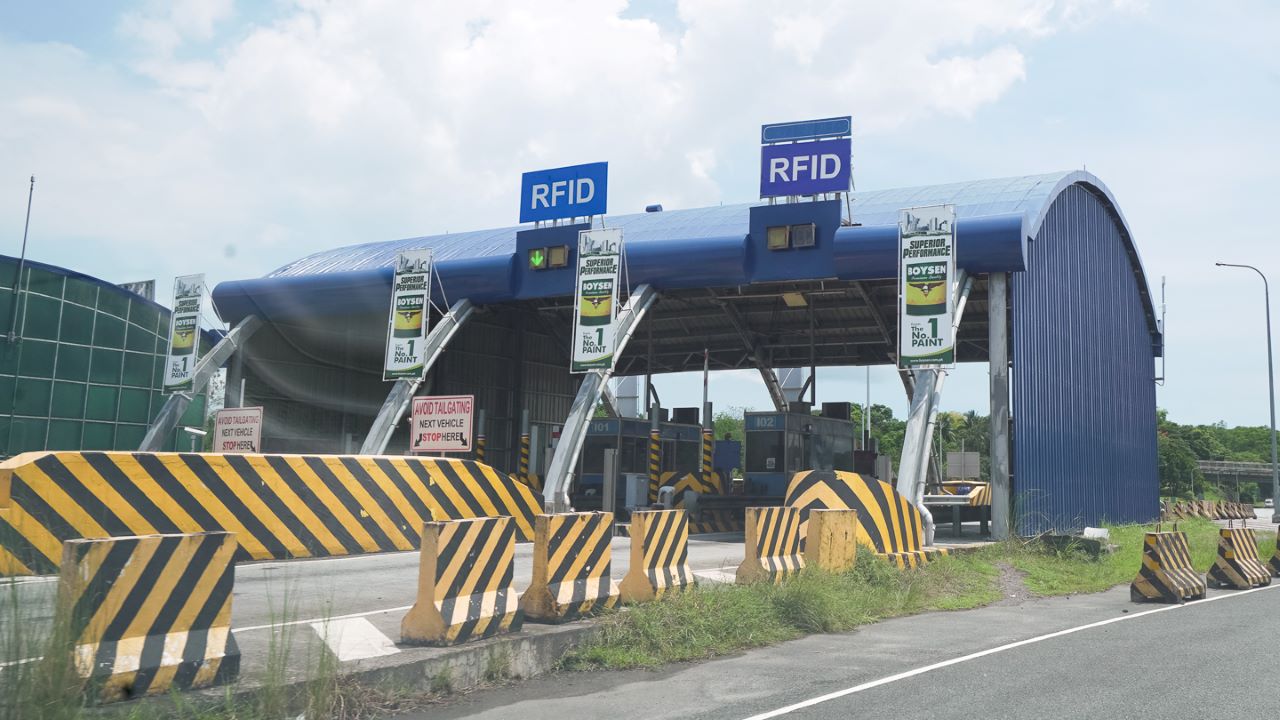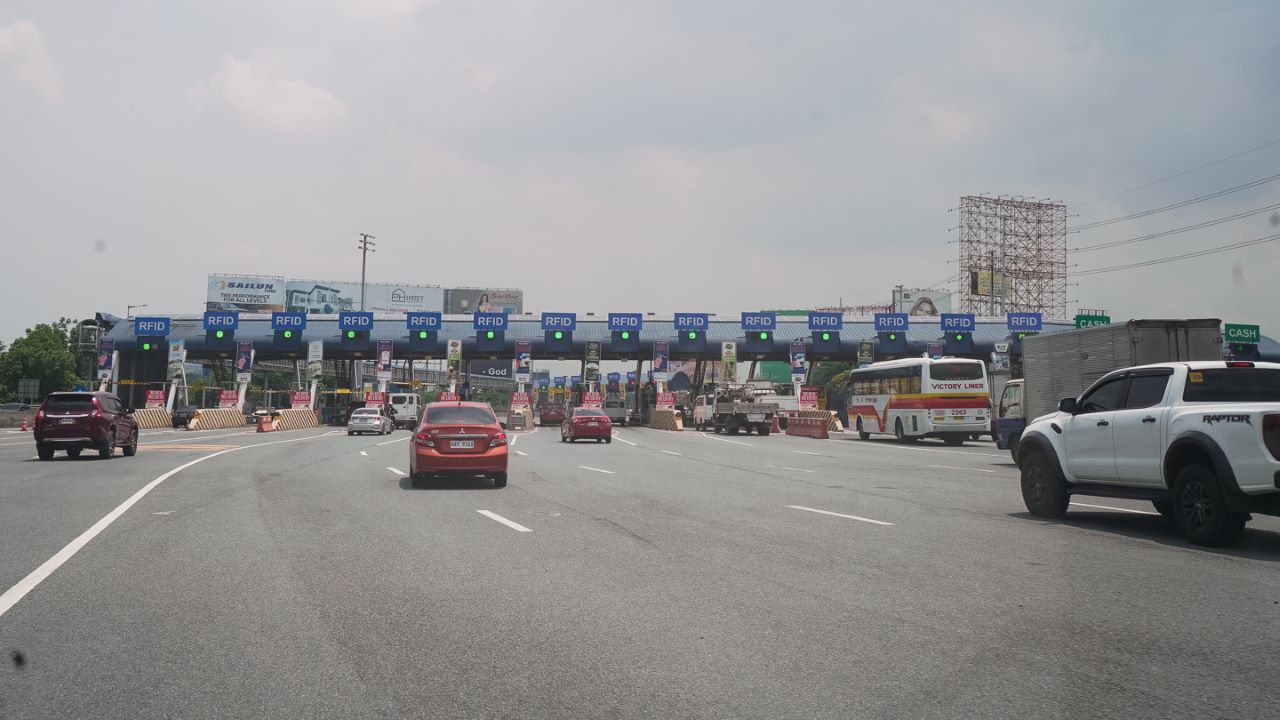
The use of RFID tags was pushed into high gear at the onset of the pandemic. It was seen as a way to minimize physical contact when paying for the use of expressways, and it worked. What most of us have probably forgotten is that inevitably, only cashless transactions will be implemented along tollways.
Just yesterday, House Resolution 159 revived this plan and as it stands, cash lanes may soon be closed in favor of automated payment collection.
Eventually, only one RFID will be used for all expressways

On August 13, 2020, the Department of Transportation (DOTr) issued Department Order No. 2020-012 which required cashless or contactless transactions for all vehicles traveling on toll expressways. Slated for November of that year, the Toll Regulatory Board (TRB) was directed to “install electronic tags or other cashless systems… for all motorists… and transact only through cashless mode of payment of toll”. To give motorists time to comply, this was pushed back to December, and eventually until January 11, 2021.
As we speak, this has not been carried out and cash lanes still operate.
Here’s the rub. In 2017, the Toll Interoperability Project was started. This was way before the pandemic and RFID tags were already being pushed instead of using cash. The project has 3 phases. The first of which is what HR 159 wants to (re)start. The implementation of 100% cashless and contactless toll payment falls in Phase 1.
Phase 2, on the other hand, will still involve 2 different RFID wallets but will be linked to just 1 RFID sticker. Phase 3 will see the implementation of having only 1 RFID wallet while having only 1 RFID sticker for all expressways.
One RFID to rule them all

Currently, we have two providers for automated toll collection, these are EasyTrip and AutoSweep. The former, issued by Metro Pacific Tollways Corporation (MPTC) is used for entry into NLEX, SCTEX, CAVITEX, C5 Southlink, and CALAX. The latter, issued by San Miguel Corporation, is used for the Skyway, SLEX, STAR Tollway, TPLEx, NAIAX, and MCX.
Two providers, two cards, two stickers, and two wallets. But this may soon be a thing of the past.
Congress is urging the DOTr and its affiliated agencies to fast-track the Toll Interoperability Project back on, well, back on track. Motorists have already gotten more than a year and a half’s worth of a reprieve to install the current, required RFID tags, but that’s only the first of three parts of the bigger picture.
How do you think this project will come to fruition? Is now the best or the most ideal time to make a push for a “universal” RFID? What safeguards will be put in place for motorists who for the most part are scared of magically losing their RFID load during the system migration?
A lot of questions come after this House Resolution, and the reality is that we’ll all have to wait and see what answers the involved entities and government agencies will come up with. We wish for nothing but success for the country, but we also hope that we won’t get stuck with non-working, worse-than-the-one-before systems when this becomes fully implemented.


